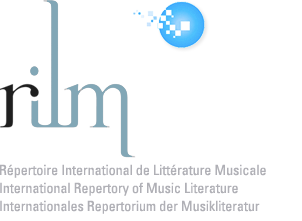
The mambo is characterized by short, syncopated rhythmic patterns–the saxophone typically sets the tempo, while the brass instruments carry the melody. Danced by couples, either fully or slightly separated, the mambo is sometimes described as a variant of the rumba, though it incorporates forward and backward steps. Interestingly, the mambo was codified not in Cuba, but in the United States. The key difference between the original danzón-mambo and the mambo lies in the introduction of a new rhythm and, more importantly, the fusion of Cuban music with compositional elements drawn from big band jazz, as seen in the works of René Hernández, Bebo Valdés, and Pérez Prado. In 1948, the Cuban pianist and composer Pérez Prado relocated to Mexico City, where he formed his own orchestra, which he conducted while dancing and singing, and adding his signature vocal grunts to his performances. With his band, Prado helped define the structure of the mambo, releasing his biggest hits with RCA. Following the success of these records, he embarked on a tour of the United States.

Pérez Prado’s music and dance style also gained widespread popularity in Latin America, especially through his appearances in numerous Mexican films during the early 1950s. As a result, he quickly earned the title of the “King of Mambo”. As the mambo gained traction across the Americas, different regional styles began to emerge. In New York, artists like Machito and his Afro-Cubans (pictured at the beginning of this post), Tito Puente, and Tito Rodríguez helped shape the genre’s evolution. Mambo became a mainstream sensation, especially with the release of Papa loves mambo (1954) by Perry Como, which was followed by covers from iconic artists like Nat King Cole and Bing Crosby.
While the popularity of mambo seemed to decline after the rise of the cha cha cha, it remained a lasting cultural force in certain places. Mambo became much more than just a syncopated rhythm or a new style of dancing—it evolved into a cultural phenomenon that left a significant impact on popular culture. The genre found particular success in cinema, especially in the soundtracks of various popular films, including the 1954 film Mambo, directed by Robert Rossen. Mambo’s influence continued to grow in Europe, especially after its association with Federico Fellini’s iconic 1960 film La dolce vita; mambo also appeared in the first act of West side story (1957) by Leonard Bernstein.

In more recent years, mambo’s enduring appeal can be seen in Pink Martini’s 1997 song No hay problema, which incorporates mambo rhythms, as well as Lou Bega’s 1999 hit Mambo no. 5, which sparked a pop revival of the genre. Mambo even found a modern twist in 2021, with DJ Steve Aoki, singer Willy William, and Italian rapper Sfera Ebbasta collaborating on the track Mambo, blending the rhythm into a dance/electronic style (listen to the track below).
This according to the article of the week in DEUMM Online.
Related posts in Bibliolore:
https://bibliolore.org/2016/12/11/perez-prado-and-mambo/
https://bibliolore.org/2021/10/04/cubas-tonadas-trinitarias/



